Animal Feedstock - localise it
Sep 01, 2012
There is this mental block that we have to have corn for animal feed. So Malaysia try to grow corn for feed but it did not work out too well - not if you are competing with heavily subsidised imported corn. Further, corn and soya are termed 'commodities', ie it means people are allowed to speculate on its future price. For farmers that means your future is influenced by speculators. For small countries like Malaysia, that means our food security is in the hands of big spending speculators. Hey, that's not a comfortable position to be in, and really I often wonder why we allow ourselves to be dragged into such a precarious position.
So, recently due to droughts in USA, speculators have jumped in and the price of corn and soya has gone through the roof. Farmers are dying because suddenly more cash is needed, practically overnight, to feed the animals. Consumers are shouting because suddenly meats are more expensive.
One of the ways local small farms can get off the carousel is to grow feedstock that is indigenous to local climate and which require as little input as possible.
At our farm, we use cooking bananas. All imported feedstock corn is GMO. Our bananas are not.
All our chicken fields are planted with these bananas
They are tall trees, up to 25ft, with large shade areas. The fruits are higher in energy values than corn.
Because of their height and large shade area, we plant them to block off west-side sun, thus saving on artificial cooling costs.
They also play an ecological role by absorbing nutrients from waste water since they are water-resistant.
They produce more feedstock per acre of land than corn.
Each bunch is about 20 to 30kg
They store well, and can be readied for feedstock in a jiffy
Chickens love the bananas and make a mad rush for them when presented.
Bananas do not have the high omega 6 that corn has and thus produce a healthier meat for human consumption. Corn not only have high omega 6 but also is practically 100% GMO now.
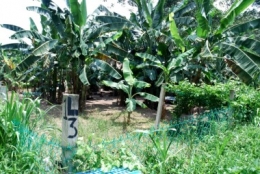
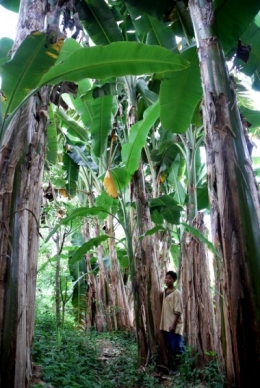
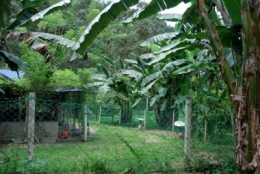
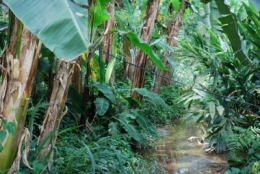
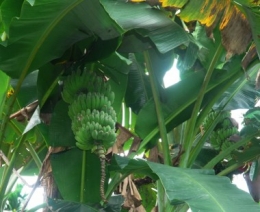
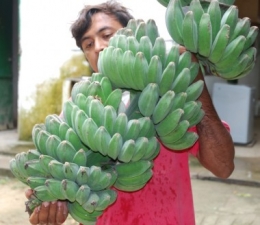
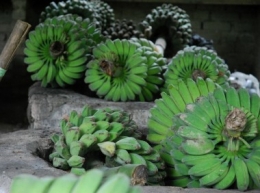
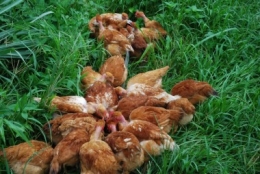
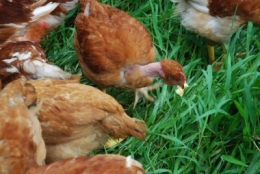
The comments are closed.